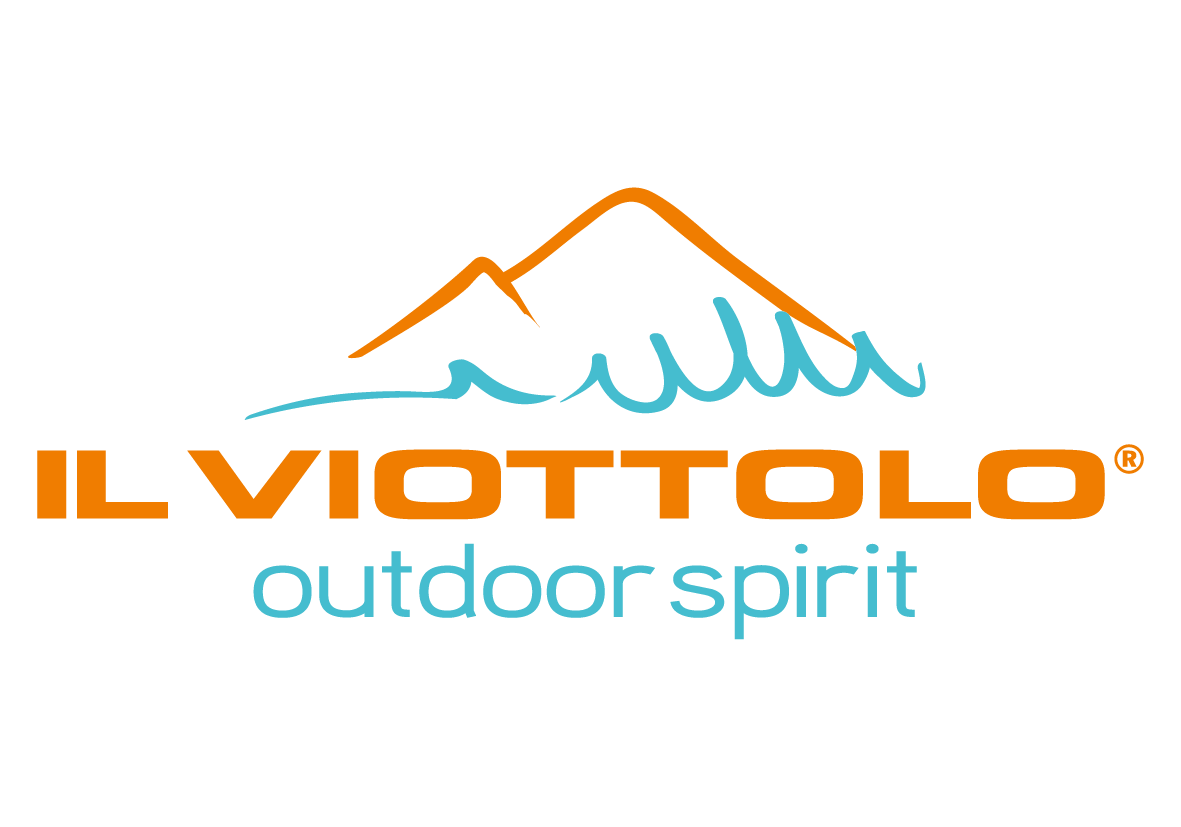Trekking excursions itineraries:
2nd day – friday, Discovering Elba mountains
Itineray: Marciana – Pomonte
Length: km 15.850
Travel time: 7 hours
Interest: Historical, naturalistic, panoramic
We set off from Marciana (408 a.s.l.m.) the island highest village, built on the north ridge of Monte Capanne granite massif. Through the solemn and steep alleys of this medieval little town we reach its 1200 AD fortress, then take an easy path that runs through the leafy Valley of Pedalta up to San Cerbone Hermitage. A sanctuary in the vicinity of “Grotta del Santo”, built in 1421AD by Benedictines monks and where San Cerbone retired to in the latest years of his life, before dying in 1534 AD. Once left the Sanctuary, we start our ascent towards Mount Capanne (1019 m.a.s.l.), initially on a path underneath chestnut trees, then across steep “macei” (large granite slabs) surrounded by holm oaks. About 40 minutes after leaving the hermitage, we get to a caprile (a stone shelter once used by local shepherds) and to a “chiuso” (fenced area for livestock). From here our path becomes much more panoramic and while overlooking the lush “Valle della Nivera”, leads us to Mount Capanne summit (the highest point on the island) where you can get to enjoy an incomparable view not only over Elba but also over the other Tuscan Archipelago islands, Corsica and a large stretch of Tuscan coast. From Capanne we descend rather rapidly towards “Le Filicaie” (870 m.a.s.l.), a small plateau halfway between Capanne and Mount Calanche, then further down towards the rock overhang shelters of “La Grottaccia” , then across ” Cenno” ridge where mouflons live undisturbed under the watchful eye of buzzards and peregrine falcons, to finally reach Elba’s largest upland fortification : “Le Mure”, an ancient stone village once inhabited by Villanovan populations, destroyed in 453 BC by Syracusans and never built up again; today, what is left of the original structure is a significant part of the wall perimeter (some sections even more than 2 meters high) as well as quite few hand cut stones, later in time used by shepherds to build shelters and fence off areas. Here, we start to descend towards Pomonte through “Valle del Poio”, a valley crossed by a stream characterized by waterfalls and ponds, that is never short of water even in the summertime. This great valley (the largest on the island) had been terraced from the sea up to 640 meters and cultivated with vines; nowadays most of the vineyards have been abandoned, but a kind of vast granite amphitheater remains as an evidence of the hard labour of Elba peasants. Our excursion terminates in Pomonte, among lemon trees and white houses overlooking the sea.
3th day – Saturday: Discovering Pianosa
Travel time: 8 hours
Lenght: km 19,5
Interest: Historical, geological, naturalistic.
Departing from Marina di Campo harbour, about an hour later we are ready to disembark at Pianosa. After a brief visit to its uninhabited old village, we enter the former agricultural penal colony, now a national park protected area, then walk past the “Dalla Chiesa” wall amidst abandoned structures and cultivations; it is pretty common to come across the many partridges and pheasants populating this area, they were, in fact, introduced onto the island over two centuries ago when Pianosa was a private hunting reserve belonging to the Grand Duke of Tuscany. Walking surrounded by beautiful dry stone walls typical of the island, we reach ‘Marchese’ fort branch, a refined building built on the island northern edge, that over the years, has been a setting for multiple purposes; below us the beautiful bay of Porto Romano, whose crystalline waters are enhanced by friable white rocks delimiting the land end.
While heading south again along the west coast, we stop by Gulf della Botte to visit the ancient wash houses and Roman aqueduct. Our excursion continues along the beautiful Pianosa coast, enliven by numerous sea birds, including European shags, Herring gulls, and Scopoli’ s shearwaters ; around us intense Mediterranean scrub scents; while a complete lack of relief gives us the impression of being able to reach the other islands just by walking. After visiting the remains of Villa Romana di Agrippa, we conclude our excursion on Cala Giovanna beach, the only Pianosa shore where bathing is allowed.
